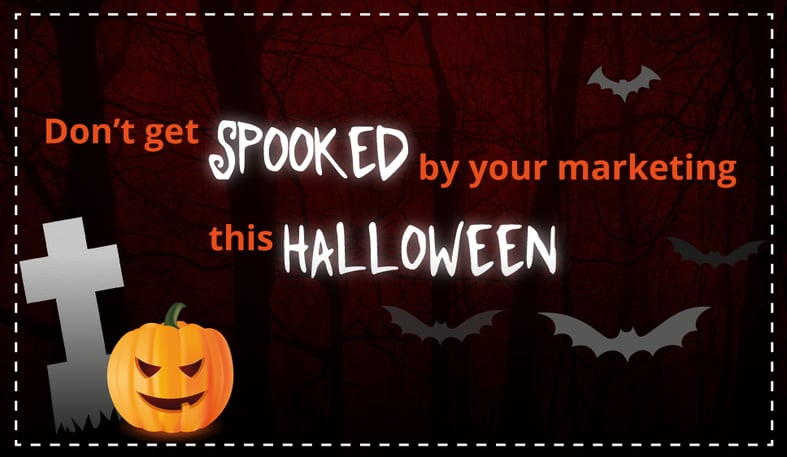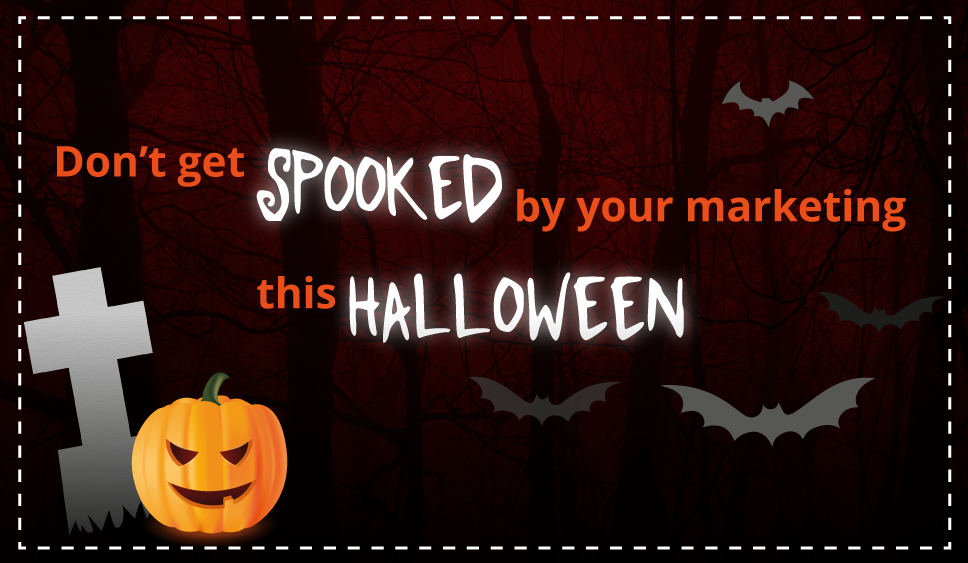 |
The marketing landscape is rapidly changing. Traditional, interruptive marketing (cold calling, eshots, display banners, advertising) is nowhere near as effective as it used to be.
That’s because even back in 1998, the average consumer saw or heard 1 million marketing messages – almost 3,000 per day. And that was before the arrival of smartphones, Facebook, Twitter, LinkedIn, and so on. (Fast Company).
People today are more in control of what information they receive, and how they receive it, than ever before
What’s more, according to Edelman Trust Barometer, 63% of consumers need to hear company claims three to five times before they actually believe them.
Integrated marketing, with its emphasis on data and the creation of content your customers want to receive, transforms strangers into customers, and customers into promoters of your business. The average company saves £12,000 a year by investing more in customer-centric content as part of an integrated marketing strategy (HubSpot).
Don’t get spooked by your marketing this Halloween. Get into the spirit of integrated marketing by checking out these frightening facts, they could transform your marketing forever.

Tweetable Facts:
-
44% of people go directly to Amazon to start their product searches, compared to 34% who use search engines like Google, Bing, and Yahoo to search for products. (Marketing Land, 2015) >>tweet this<<
-
73% of people say they use Facebook for professional purposes. (HubSpot, 2016) >>tweet this<<
-
B2B companies that blog generate 67% more leads per month than those that don’t. (Social Media B2B) >>tweet this<<
-
Emails that have been personalised improve click through rates by 14% and conversion rates by 10%. (Aberdeen 2014) >>tweet this<<
-
8 out of 10 people identify themselves as blog readers, and 23% of all time spent online is on social media sites. (Content Marketing Institute) >>tweet this<<
-
25% of adult internet users use LinkedIn. (Pew Research Center, 2015) >>tweet this<<
-
Adopting an inbound strategy, where your customers decide what content they want to receive from you, doubles average website conversion rates, from 6% to 12%. (State of Inbound Marketing) >>tweet this<<
-
96% of B2B buyers want content with more input from industry thought leaders. (Demand Gen Report, 2016) >>tweet this<<
-
60% of small business owners are not able to track ROI from their social media activities. (Animoto, 2015) >>tweet this<<
-
The ability to segment email lists and individualize email campaign messaging are the most effective personalization tactics for 51% and 50% of marketing influencers respectively (Animoto, 2015) >>tweet this<<
-
Segmented and targeted emails generate 58% of all revenue. (The Direct Marketing Association, 2015) >>tweet this<<
-
Marketers using automation software generate 2X the number of leads than those using blast email software and are perceived by their peers to be 2X as effective at communicating. (Autopilot, 2015) >>tweet this<<
-
Nearly 70% of businesses are using a marketing automation platform or are currently implementing one. (Aberdeen 2014) >>tweet this<<
-
Marketing technology spend is now higher than advertising spend for companies. (Gartner, 2016) >>tweet this<<
-
4X as many customers would rather watch a video about a product than read about it. (Autopilot, 2015) >>tweet this<<
-
A targeted buyer persona strategy boosts leads by 124% (Interconnected World) >>tweet this<<
-
81% of consumers have closed a browser or exited a webpage because of a pop-up ad. (HubSpot, 2016) >>tweet this<<
-
32% of brands are decreasing spending on outbound marketing to spend more on content marketing. (Inbound Marketing Agents) >>tweet this<<
-
20% of marketers plan to add messaging apps to their content strategy in the next year. (HubSpot, 2016) >>tweet this<<
-
By 2018, chat app users will represent 80% of smartphone users. (eMarketer, 2015)
>>tweet this<<




